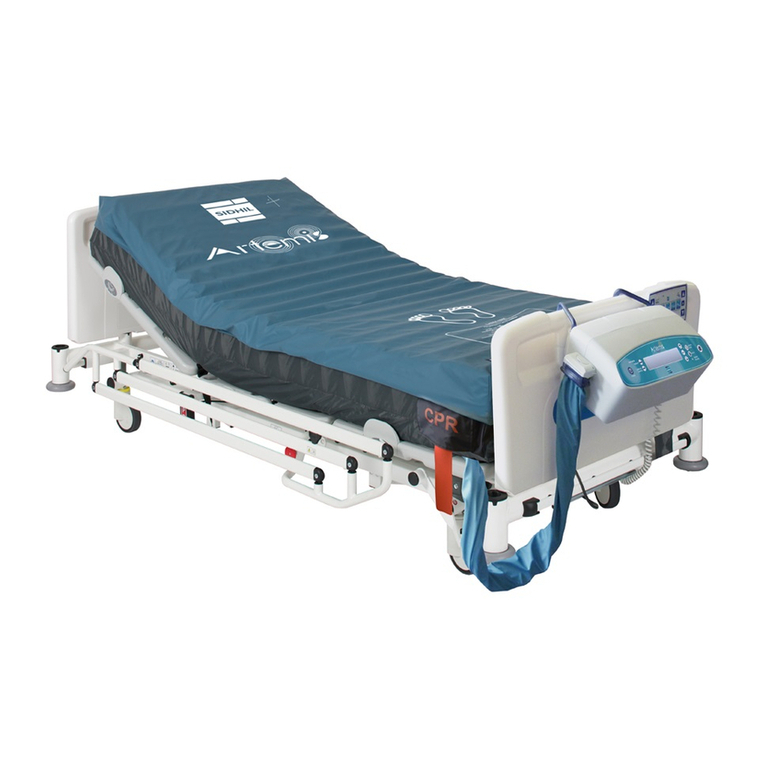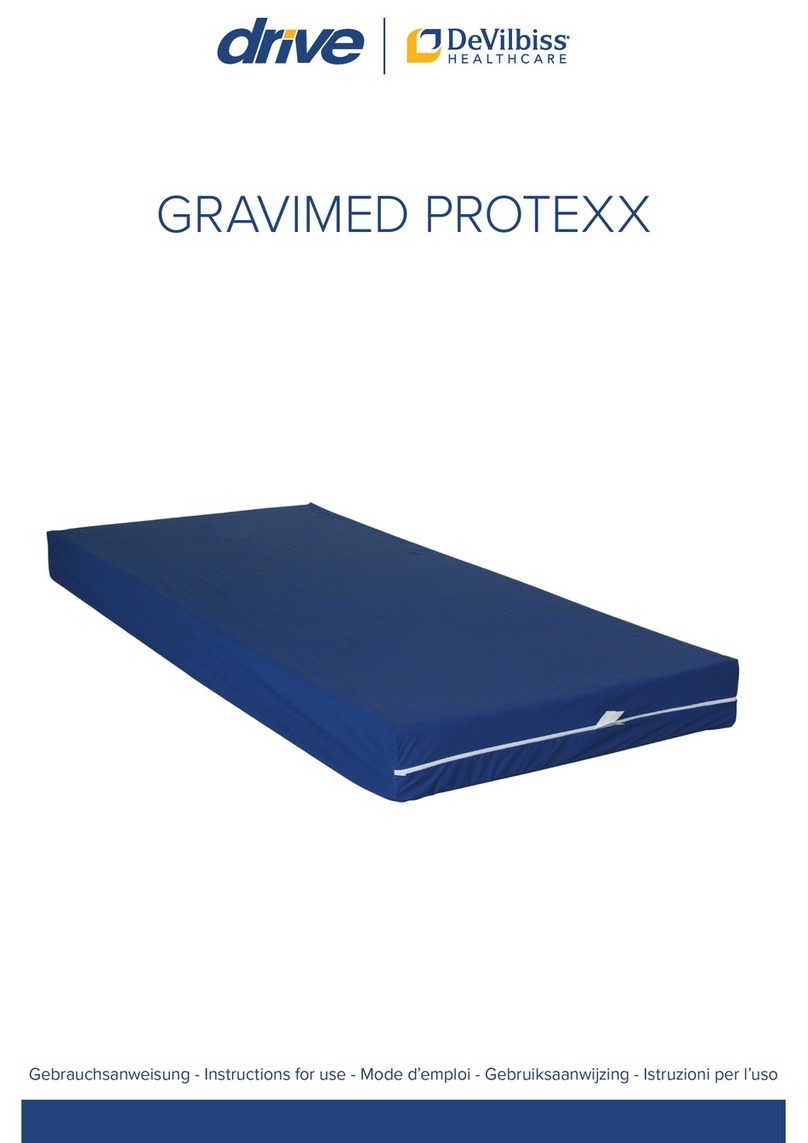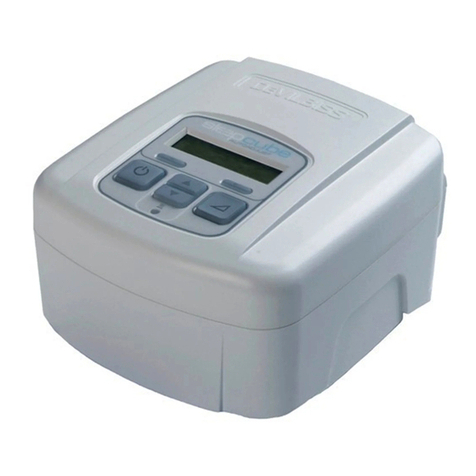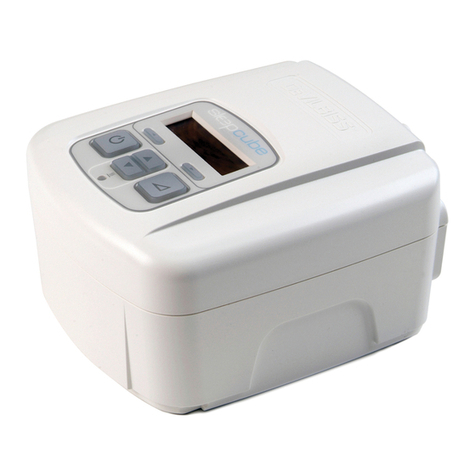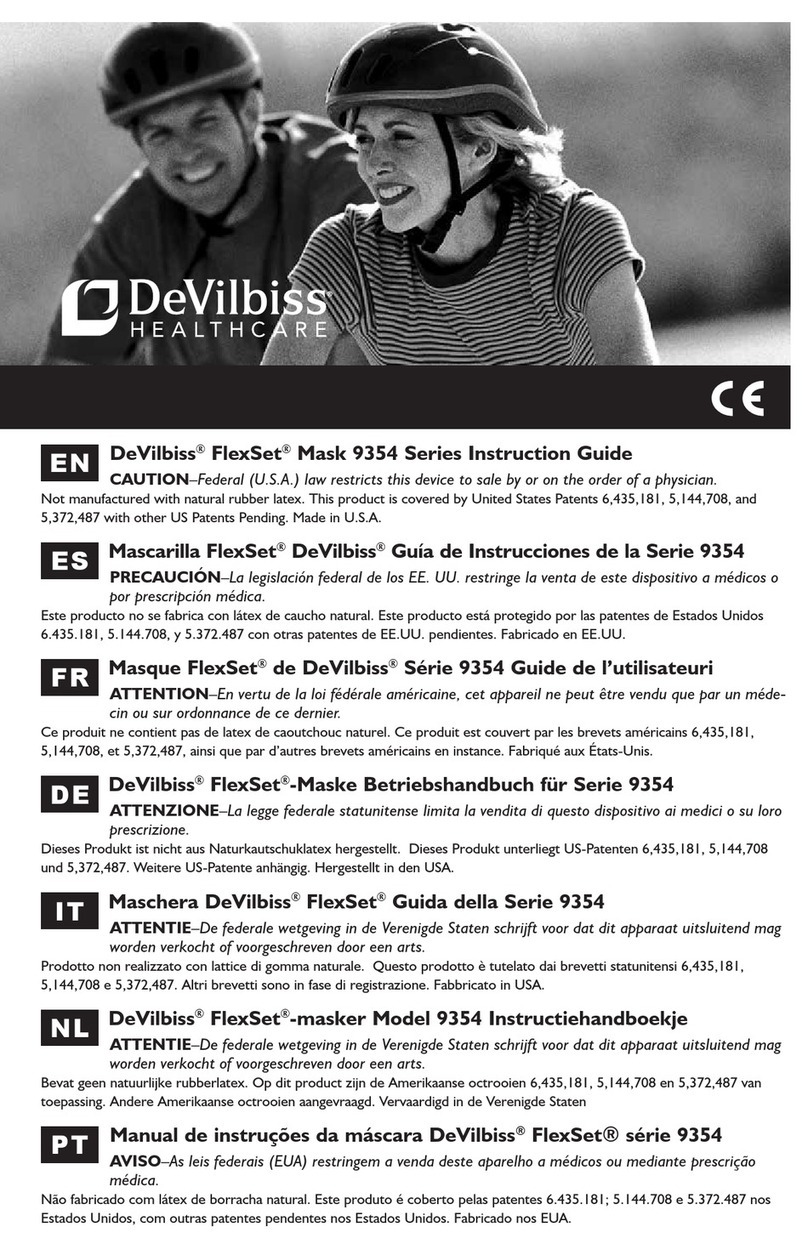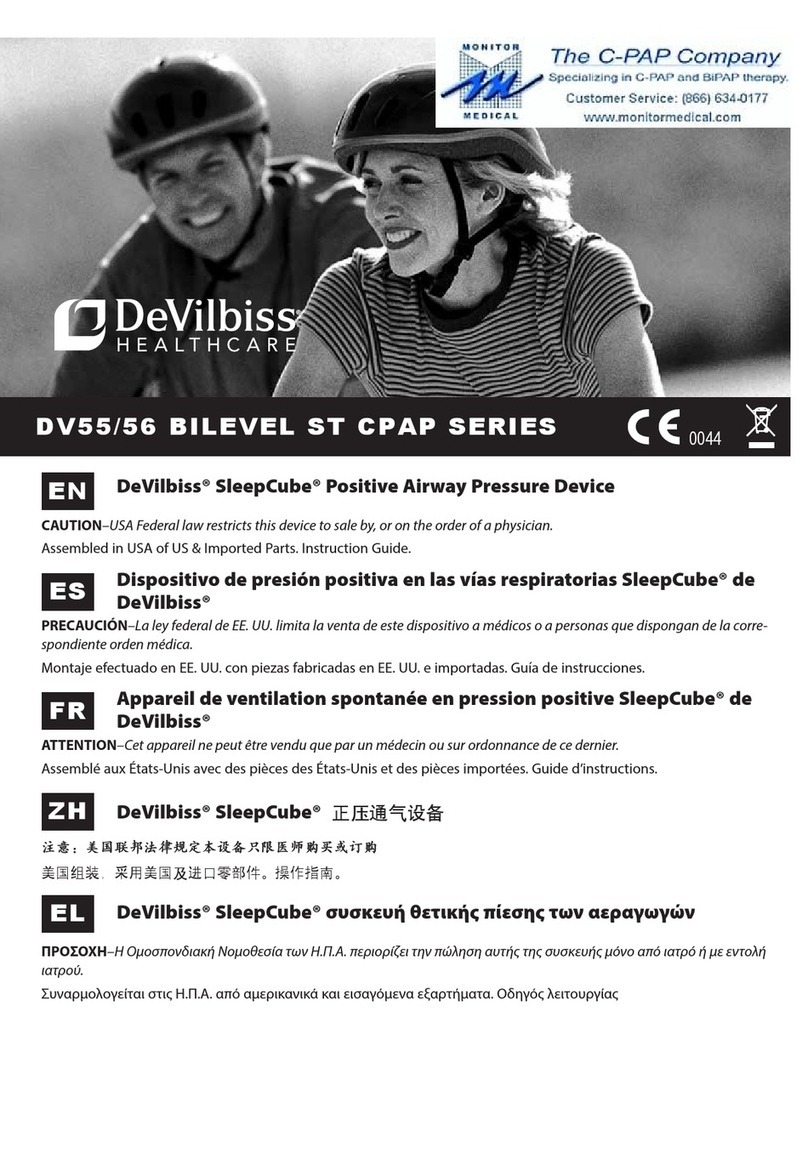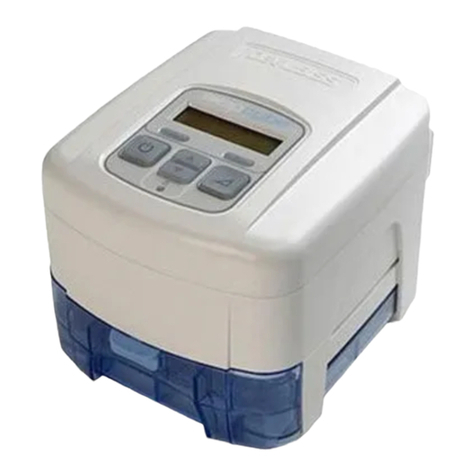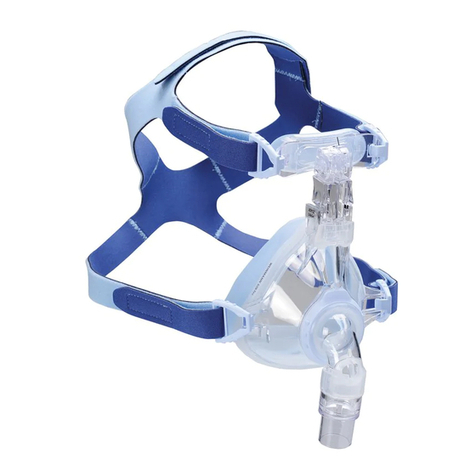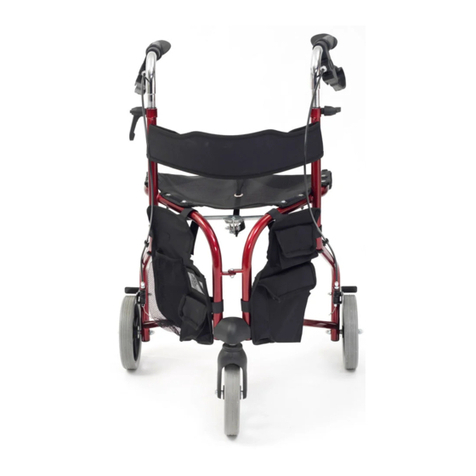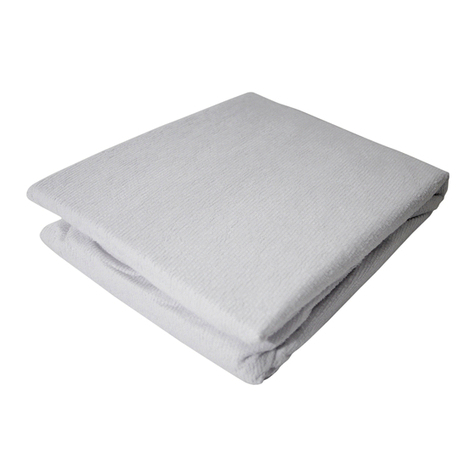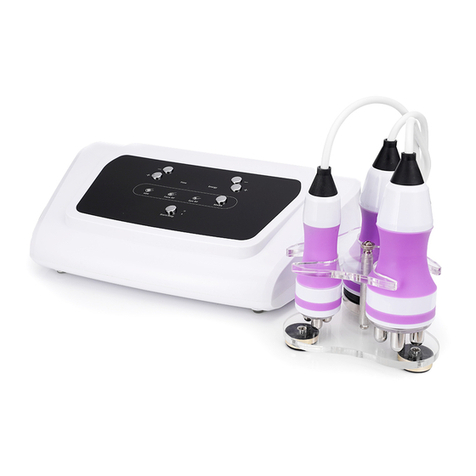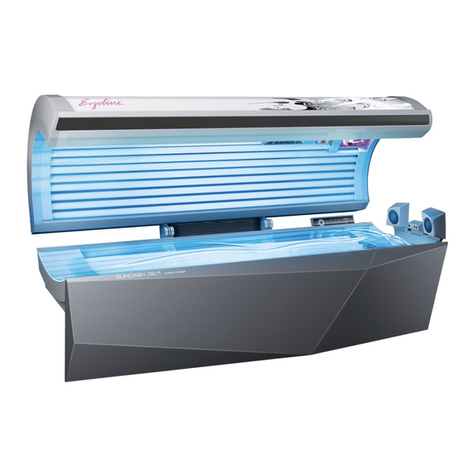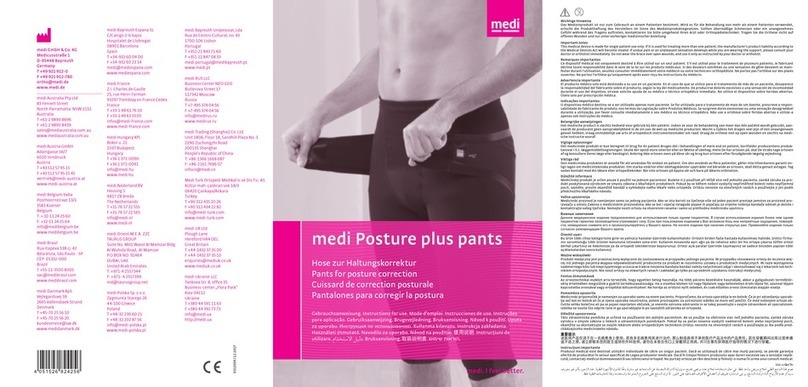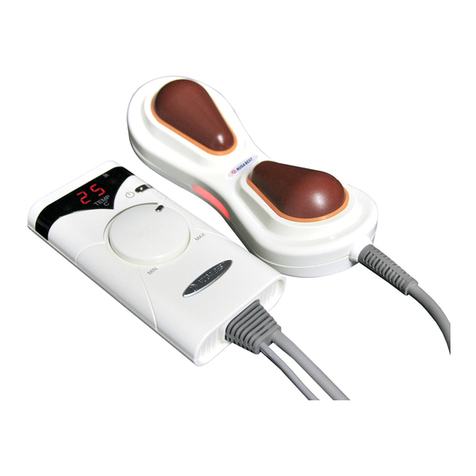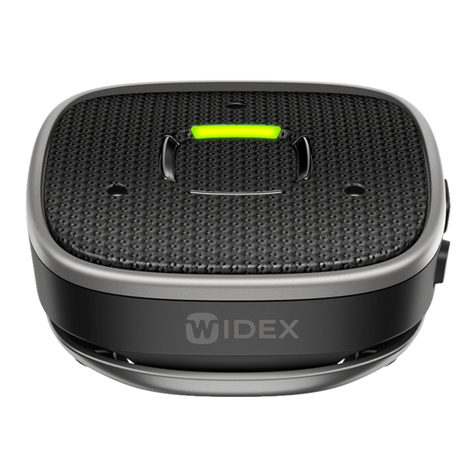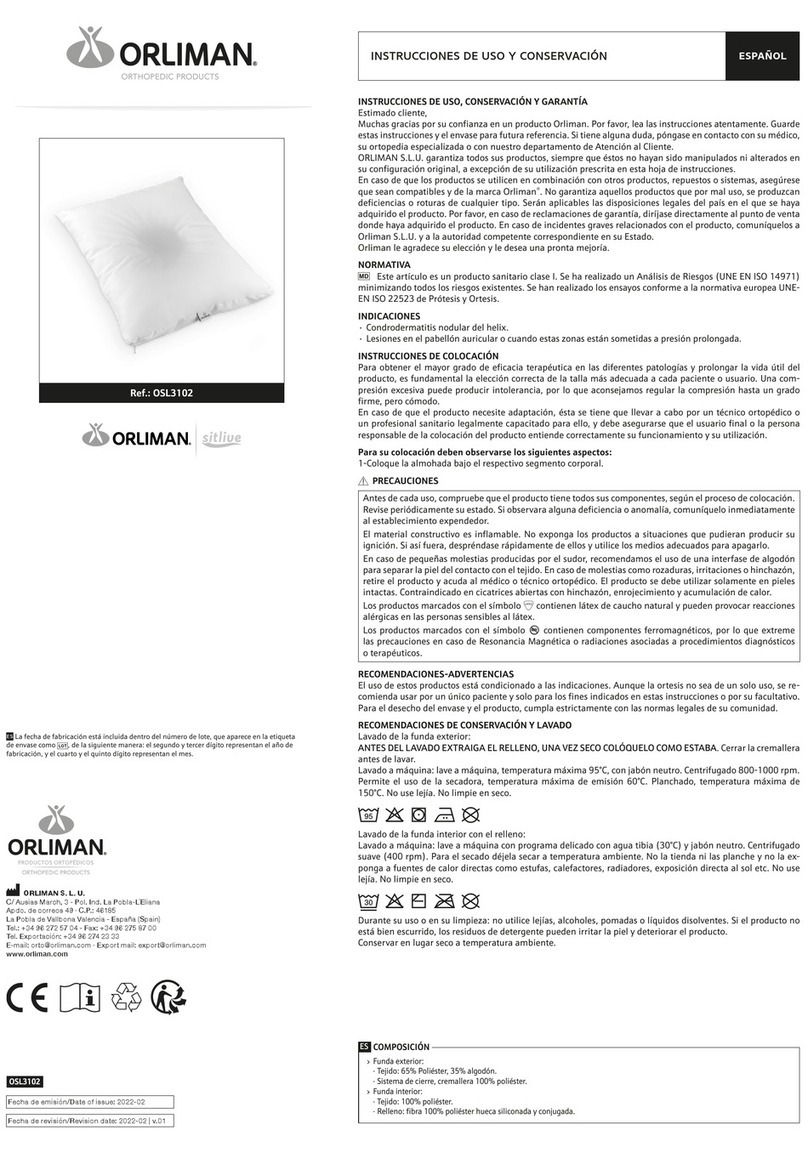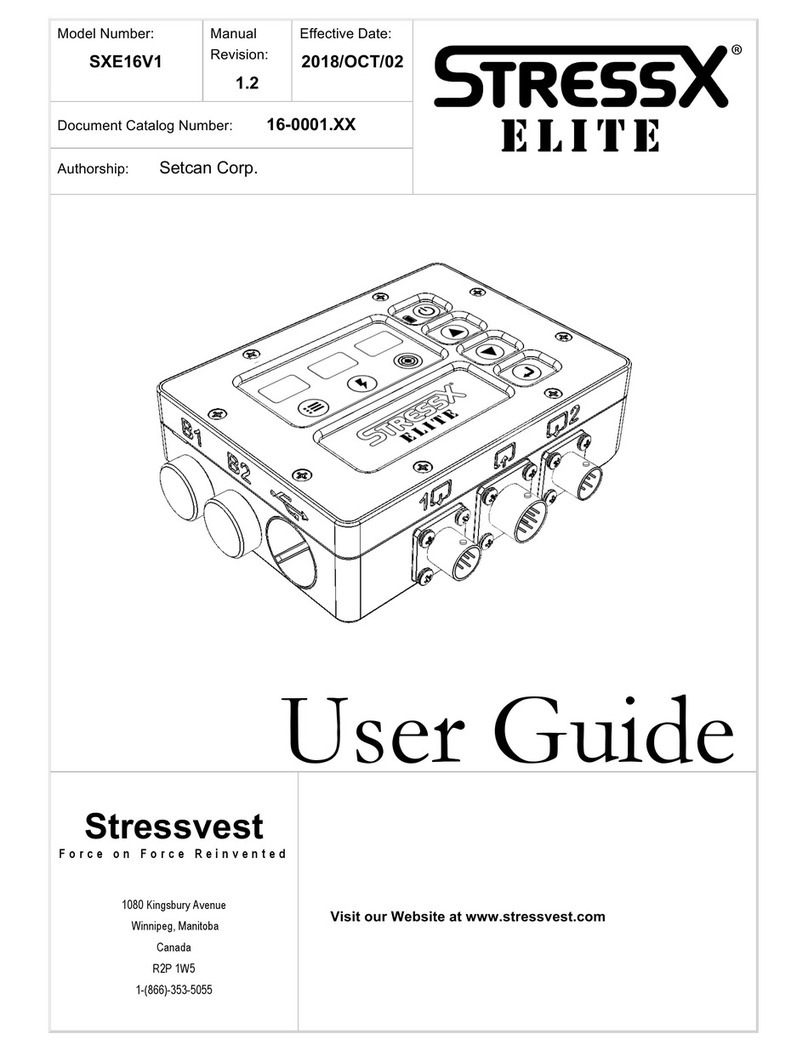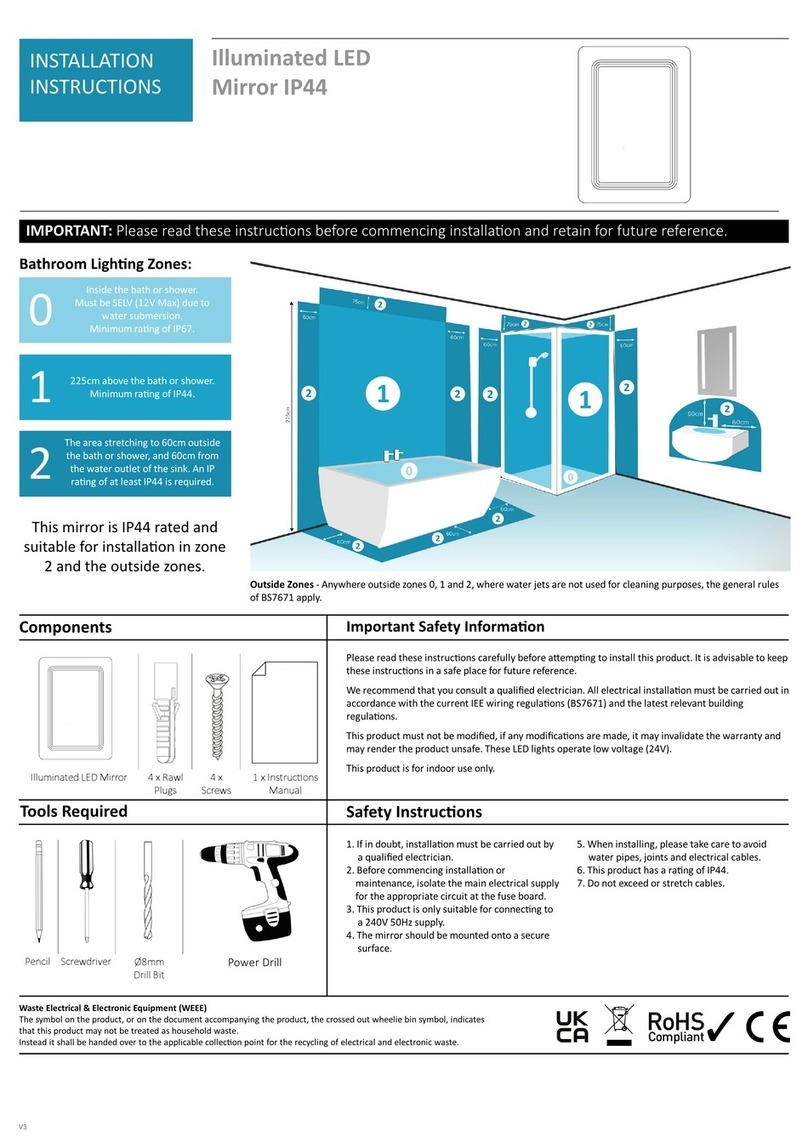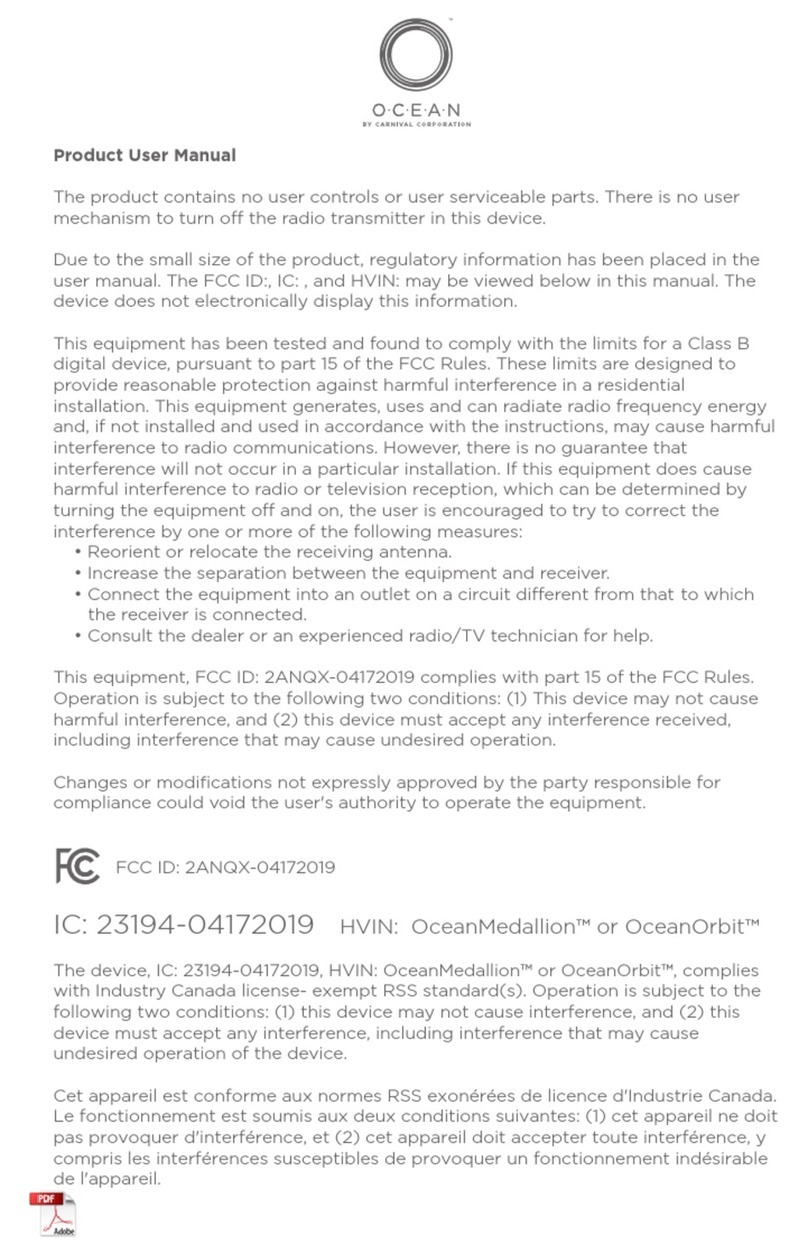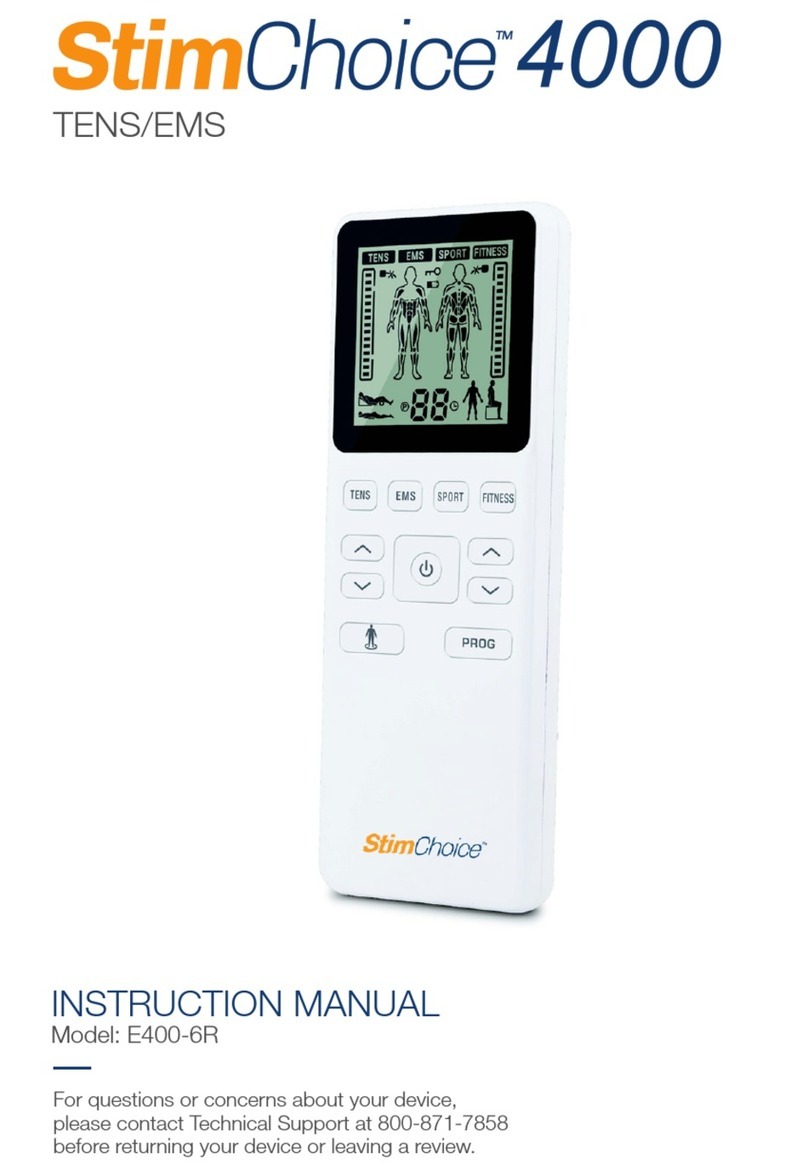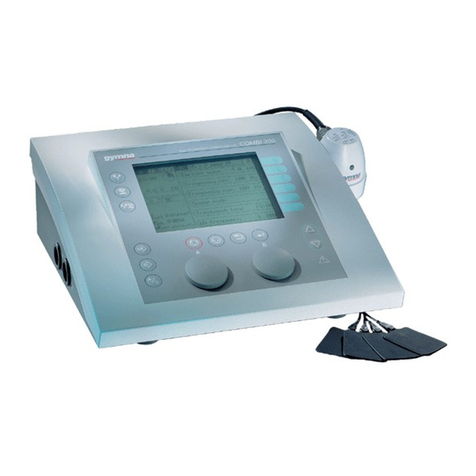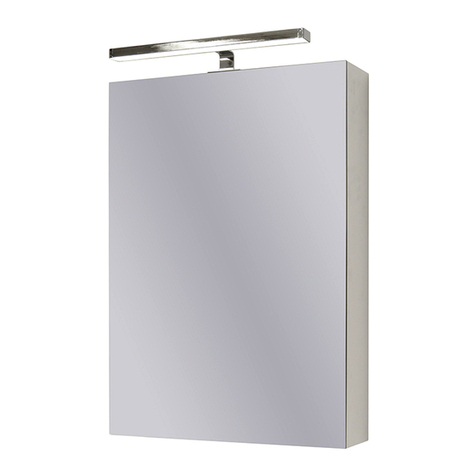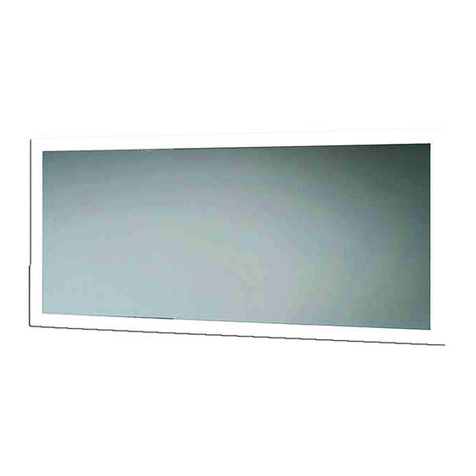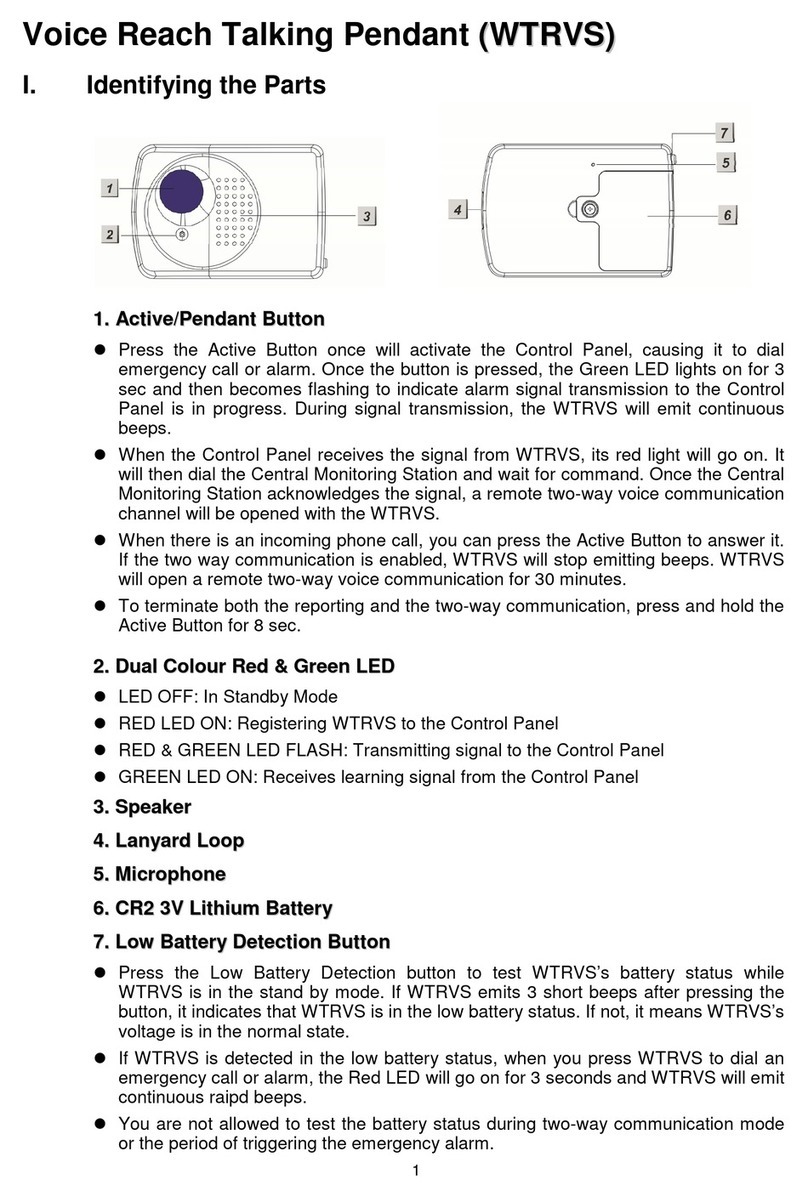
EN - 8 A-704
The equipment or system should not be used adjacent to or stacked with other equipment and that if adjacent or stacked use is necessary, the equipment or
system should be observed to verify normal operation in the conguration in which it will be used.
NOTE– The EMC tables and other guidelines provide information to the customer or user that is essential in determining the suitability of the Equipment or System for the
Electromagnetic Environment of use, and in managing the Electromagnetic Environment of use to permit the Equipment or System to perform its intended use without
disturbing other Equipment and Systems or non-medical electrical equipment.
Guidance and Manufacturer’s Declaration – Emissions All Equipment and Systems
Thisdeviceisintendedforuseintheelectromagneticenvironmentspeciedbelow.Thecustomeroruserofthisdeviceshouldassurethatitisusedinsuchanenvironment.
Emissions Test Compliance Electromagnetic Enforcement – Guidance
RF Emissions CISPR 11 Group 1 This device uses RF energy only for its internal function. Therefore, its RF emissions are very low and are not
likely to cause any interference in nearby electronic equipment.
RF Emissions CISPR 11 Class B Radiated and
Conducted Emissions This device is suitable for use in all establishments including domestic, and those directly connected to the
public low-voltage power supply network that supplies buildings used for domestic purposes.Harmonics IEC 61000-3-2 Class A
Flicker IEC 61000-3-3 Complies
Immunity Test IEC 60601 Test Level Compliance Level Electromagnetic Environment - Guidance
Electrostatic Discharge (ESD)
IEC 61000-4-2 ±6kV contact
±8kV air ±6kV contact
±8kV air Floorsshouldbewood,concreteorceramictile.Ifoorsaresynthetic,therelative
humidity should be at least 30%.
Electrical Fast Transient/burst
IEC 61000-4-4 ±2kV on AC Mains ±2kV on AC Mains Mains power quality should be that of a typical commercial or hospital environment.
Surge
IEC 61000-4-5 ±1kV Differential
±2kV Common ±1kV Differential
±2kV Common Mains power quality should be that of a typical commercial or hospital environment.
Voltage dips, short
interruptions and voltage
variations on power supply
input lines IEC 61000-4-11
>95% Dip for 0.5 Cycle
60% Dip for 5 Cycles
30% Dip for 25 Cycles
>95% Dip for 5 Seconds
>95% Dip for 0.5 Cycle
60% Dip for 5 Cycles
30% Dip for 25 Cycles
>95% Dip for 5 Seconds
Mains power quality should be that of a typical commercial or hospital environment.
If the user of this device requires continued operation during power mains
interruptions, it is recommended that the device be powered from an uninterruptible
power supply or battery.
Immunity Test IEC 60601 Test Level Compliance Level Electromagnetic Environment - Guidance
Power Frequency 50/60Hz
Magnetic Field
IEC 61000-4-8 3A/m 3A/m Powerfrequencymagneticeldsshouldbethatofatypicallocationinatypical
commercial or hospital environment.
Conducted RF
IEC 61000-4-6 3 Vrms from
150 kHz to 80 MHz V1 = 3 Vrms
Portable and mobile RF communications equipment should be separated from the
device by no less than the recommended separation distances calculated/listed
below:
D=(3.5/V1)√
P
Radiated RF
IEC 61000-4-3 3 V/m
80 MHz to 2.5 GHz E1 = 3V/m
D=(3.5/E1)√
P80 to 800 MHz
D=(7/E1)√
P800 MHz to 2.5 GHz
Where P is the maximum power rating in watts and D is the recommended
separation distance in meters.
Fieldstrengthsfromxedtransmitters,asdeterminedbyanelectromagneticsite
survey, should be less than the compliance levels (V1 and E1).
Interference may occur in the vicinity of equipment containing a transmitter.
For transmitters rated at a maximum output power not listed above, the recommended separation distance D in meters (m) can be estimated using the equation applicable
to the frequency of the transmitter, where P is the maximum output power rating of the transmitter in watts (W) according to the transmitter manufacturer.
Note 1: At 80 MHz and 800 MHz, the separation distance for the higher frequency range applies.
Note2:Theseguidelinesmaynotapplyinallsituations.Electromagneticpropagationisaffectedbyabsorptionandreectionfromstructures,objects,andpeople.
Recommended Separation Distances Between Portable and Mobile RF Communications Equipment and
this device. This device and system are NOT Life-Supporting
This device is intended for use in the electromagnetic environment in which radiated disturbances are controlled. The customer or user of this device can help prevent
electromagnetic interference by maintaining a minimum distance between portable and mobile RF Communications Equipment and the device as recommended below,
according to the maximum output power of the communications equipment.
Maximum Output Power
(Watts)
Recommended Separation Distances for the device (meters)
150 kHz to 80 MHz
D=(1.1667)√
P80 to 800MHz
D=(1.1667)√
P800 MHz to 2.5 GHz
D=(2.3333)√
P
0.01 0.11667 0.11667 0.23333
0.1 0.36894 0.36894 0.73785
1 1.1667 1.1667 2.3333
10 3.6894 3.6894 7.3785
100 11.667 11.667 23.333
For transmitters rated at a maximum output power not listed above, the recommended separation distance D in meters (m) can be estimated using the equation applicable
to the frequency of the transmitter, where P is the maximum output power rating of the transmitter in watts (W) according to the transmitter manufacturer.
Note 1: At 80 MHz and 800 MHz, the separation distance for the higher frequency range applies.
Note2:Theseguidelinesmaynotapplyinallsituations.Electromagneticpropagationisaffectedbyabsorptionandreectionfromstructures,objects,andpeople.








